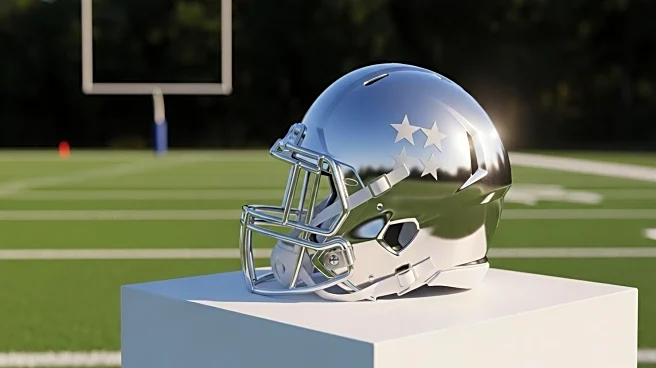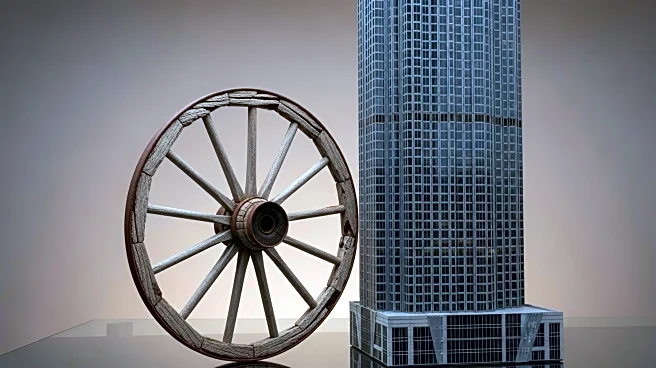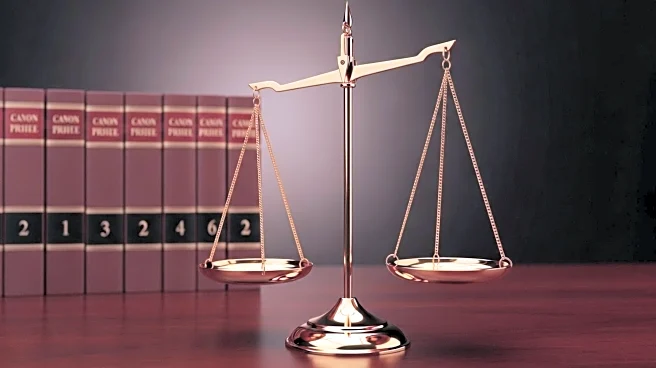What is the story about?
Des Moines, the capital city of Iowa, has undergone significant changes throughout its lifecycle. From its early days as a military outpost to its current status as a thriving metropolis, Des Moines' evolution is marked by key stages and drivers of change.
Stages
Des Moines' lifecycle began with its establishment as Fort Des Moines in 1843. The city's incorporation in 1851 marked the start of its development as a central hub in Iowa.Drivers of Change
Economic growth, driven by the insurance and financial sectors, has been a major driver of change for Des Moines. The expansion of infrastructure and transportation networks has also contributed to the city's evolution.Maintenance or Evolution
Des Moines has maintained its status as a political and economic center through strategic planning and development. Efforts to enhance public transportation and infrastructure have supported the city's ongoing evolution.Illustrative Examples
The Iowa caucuses serve as an example of Des Moines' political significance, drawing national attention and influencing presidential elections. The city's economic strategies, focused on insurance and finance, illustrate its role as a model for growth in the Midwest.AI Generated Content
Do you find this article useful?















